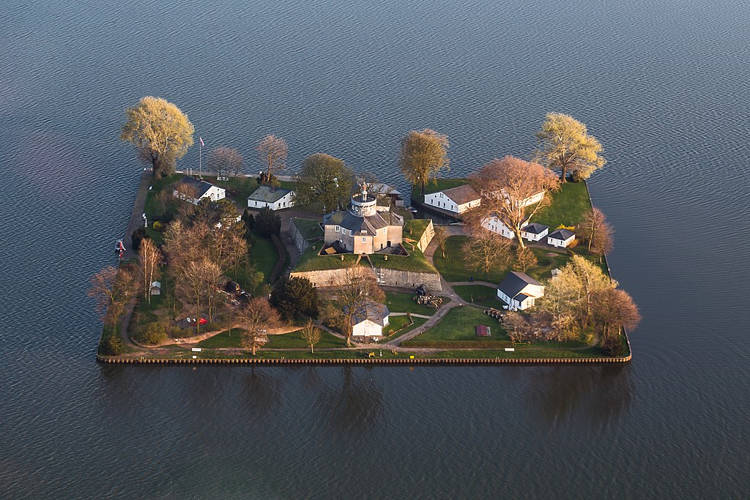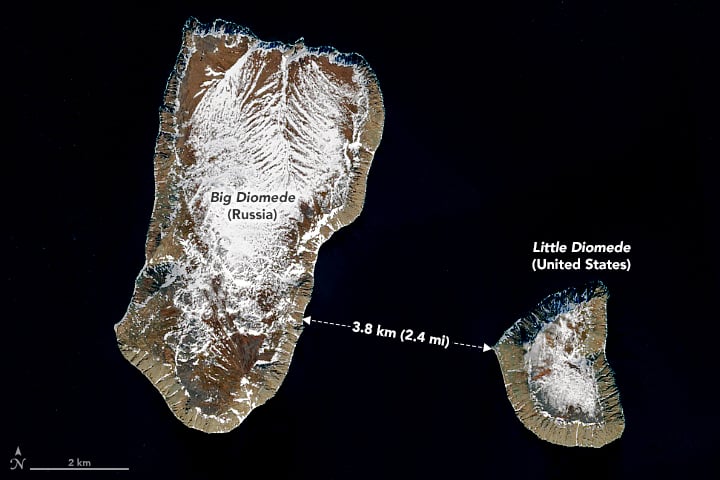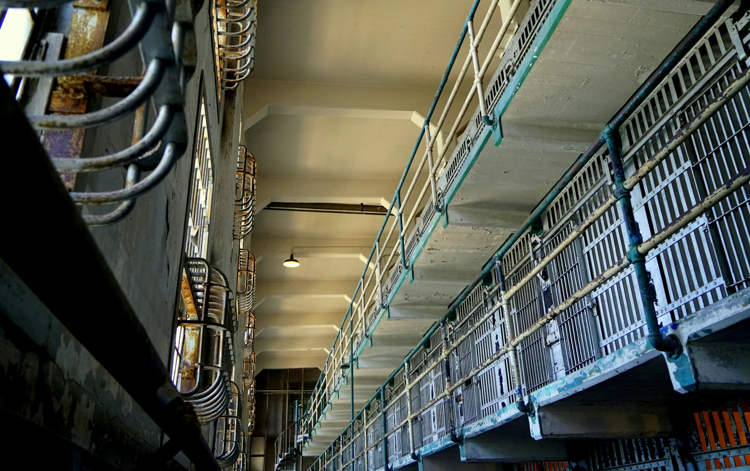A black sand beach littered with huge chunks of glistening ice has become one of the most visited attractions in Iceland, and for good reason, it looks like something out of a fantasy movie.
Known as Breiðamerkursandur in Icelandic, Diamond Beach takes its name from the chunks of pristine ice scattered across the black volcanic sand and glistening like giant, uncut diamonds. It is located next to Jökulsárlón Glacier Lagoon on the South Coast of Iceland, about six hours away from the country’s capital, Reykjavik. Although it’s not part of the popular Golden Circle Tour, Diamond Beach has become one of the country’s top tourist attractions in recent years, and looking at photos of it, it’s easy to see why.





















